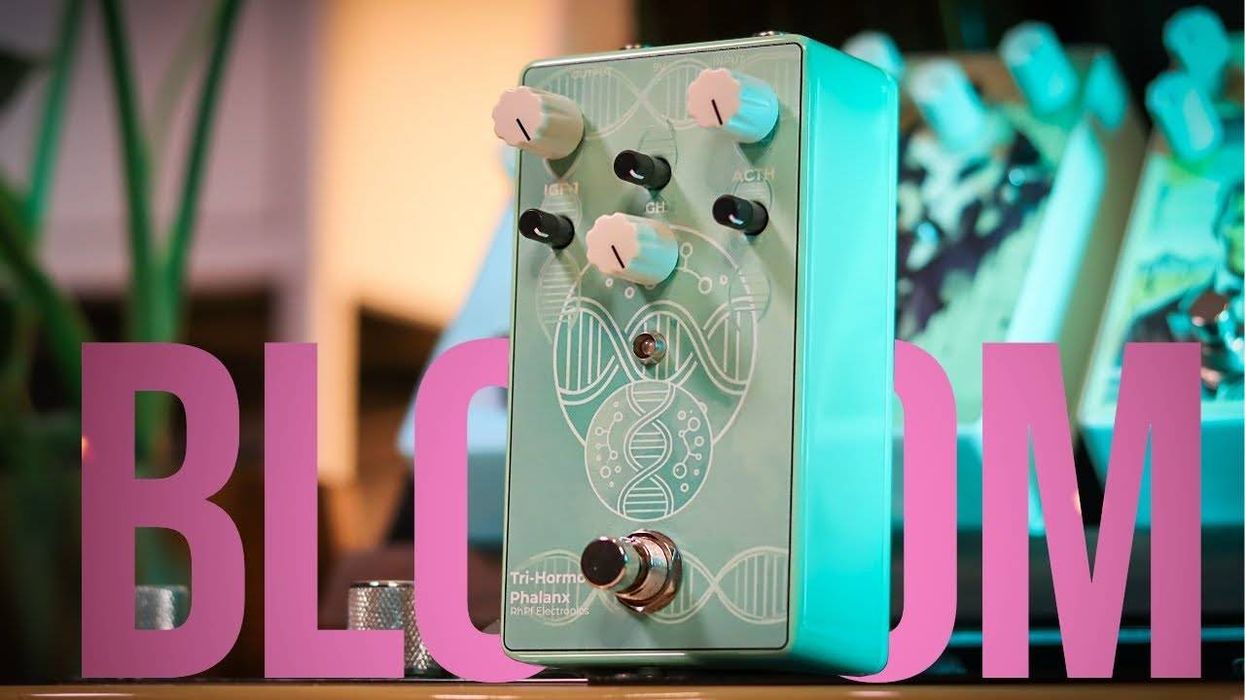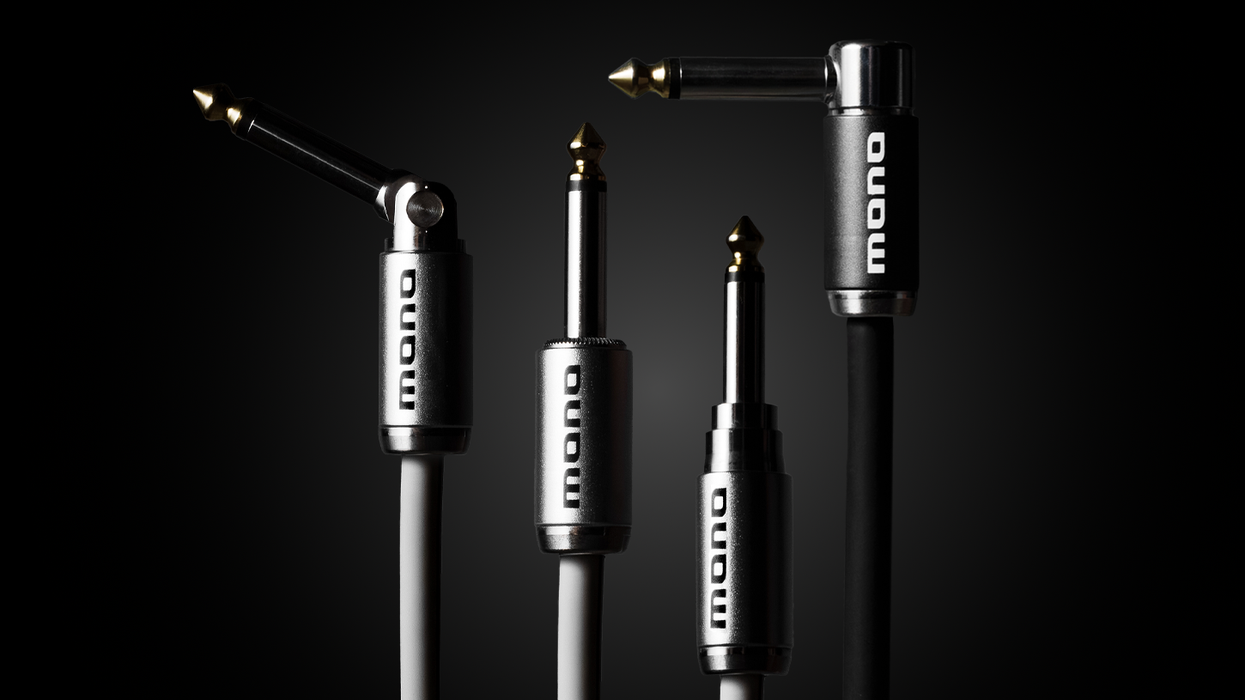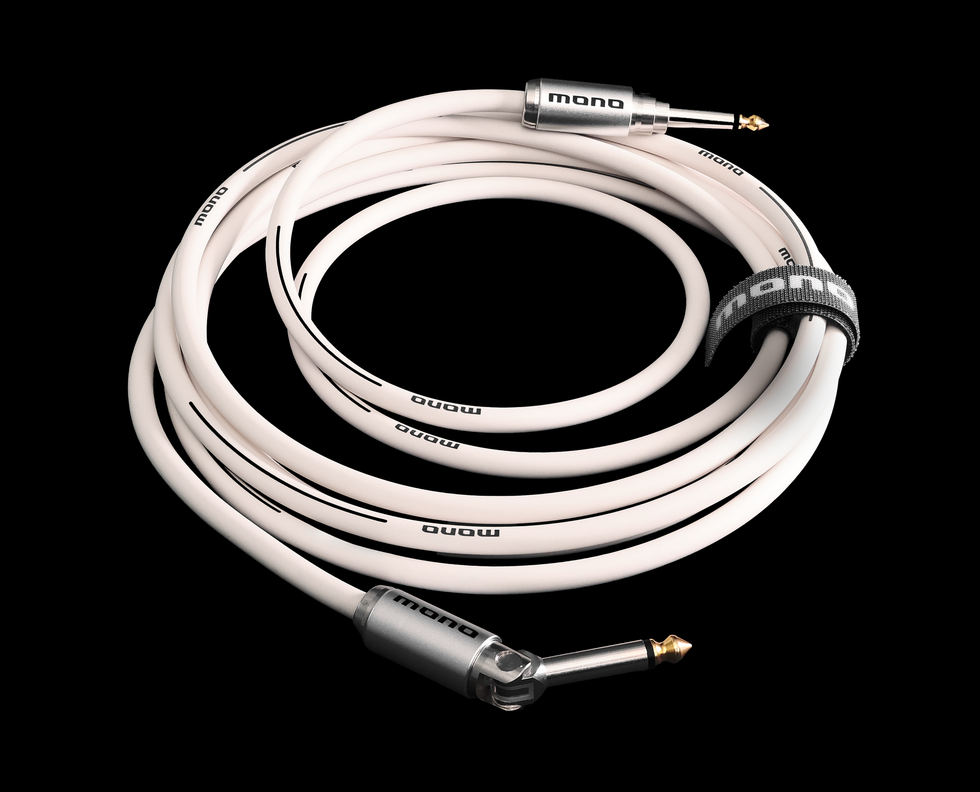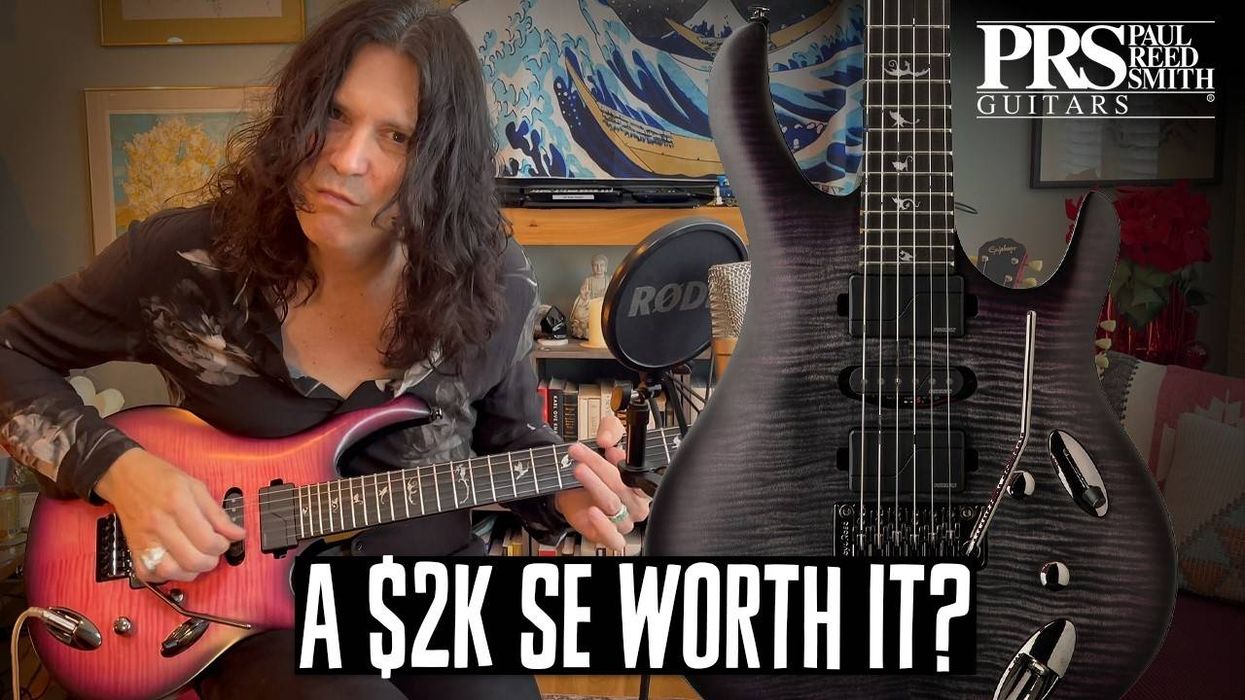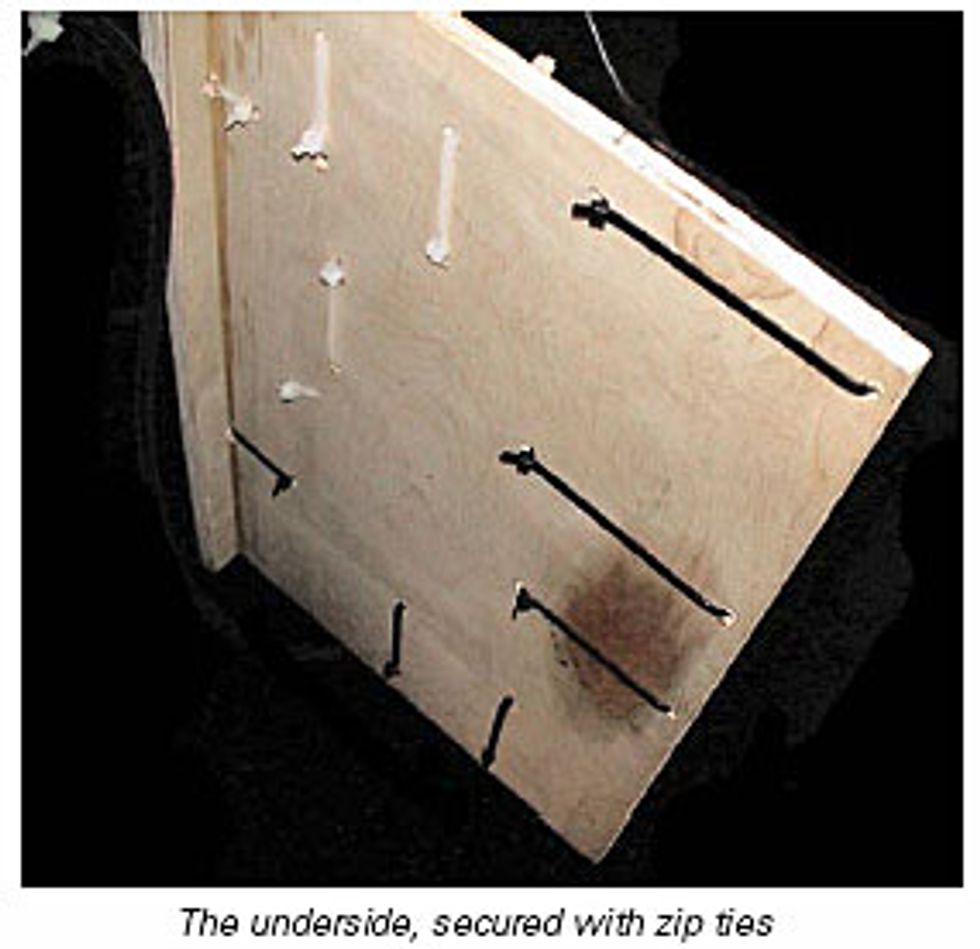 For the past few months, I’ve been in a bit of a transitional phase when it comes to my rig, so when my band had a gig at one of our favorite local bar and grills, Mongo Music (mongomusic.net), I spent the afternoon leading up to the night tinkering around with my gear and trying to decide what to take – like a woman deciding which shoes or skirt to wear.
For the past few months, I’ve been in a bit of a transitional phase when it comes to my rig, so when my band had a gig at one of our favorite local bar and grills, Mongo Music (mongomusic.net), I spent the afternoon leading up to the night tinkering around with my gear and trying to decide what to take – like a woman deciding which shoes or skirt to wear. Before long, I noticed my effects acting a little strange, and definitely not sounding right. Since it was already nearly 1 p.m., and the gig was starting at 9 p.m., I was not feeling comfortable with my gear. Was it my amp, effects, cable, preamp tube or some other variable? The effects loop in this particular amp can run stomp pedals or rack effects, so to test the source of the problem, I borrowed a BOSS delay pedal from a friend and tossed it into the effects loop of the amp. Immediately the noise problem was gone and I realized that my effects unit was on the fritz and every special effect program for a variety of tunes was now useless to me. I needed to find a way to dial in a worthy tone to get me through the night.
I started sketching out a quick rig and making a list of everything I needed to pull it together, then ran down to the local music store to fill in the missing pieces. My nowdefunct rack unit had everything from a volume pedal, wah, tuner, and boost or drive pedals to all the usual delays, reverbs, and choruses. I needed to get as close as possible to make me feel comfortable on stage.
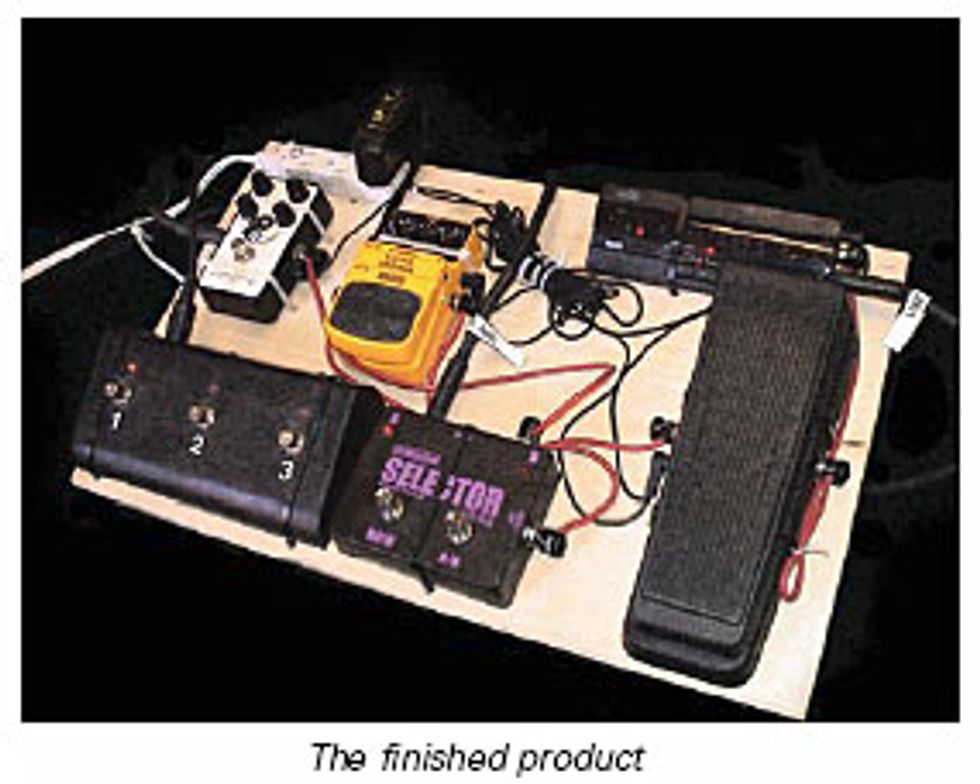 I hooked up my tuner, Crybaby, stereo chorus and ran chorus A to my Randall RM100C 3-channel combo and hooked chorus B into my Aracom 50-watt. I looped the stomp delay into the effects loop of the Randall, and used the third high gain channel as a “loud” button for solo work, with the other two channels providing either a clean sound or a nice vintage crunch. I added an A/B box between the Aracom’s bright channel and dirtier normal channel – the bright channel acts as a really nice, light grit clean channel and the normal channel delivers a great 50-watt Plexi tone. On the way to the normal channel of the Aracom I inserted my Alfonso Hermida Zendrive (hermidaaudio.com), which adds gain and drive without tonal discoloration. Since this was coming together literally at the last minute, I needed a simple way to keep it all together. I went to the place where old pedalboards go to die, and found a piece of wood. My friend, Scott, makes a beautiful diamond plate pedal board with stainless steel boat strap brackets and zip ties wrapped around the pedals to hold them in place. I like this because you don’t need Velcro and you don’t have to remove any feet from your pedals, yet the zip ties give you plenty of strength to hold the pedals in place. Since this was a last-minute board, I didn’t have the luxury of the strap brackets, so I just drilled holes where needed and zipped the pedals down to my piece of wood. I shot a few staples in with a staple gun, and glued down a small strip of wood to create a slight kickstand, and to provide a place to hide or route cables while on stage.
I hooked up my tuner, Crybaby, stereo chorus and ran chorus A to my Randall RM100C 3-channel combo and hooked chorus B into my Aracom 50-watt. I looped the stomp delay into the effects loop of the Randall, and used the third high gain channel as a “loud” button for solo work, with the other two channels providing either a clean sound or a nice vintage crunch. I added an A/B box between the Aracom’s bright channel and dirtier normal channel – the bright channel acts as a really nice, light grit clean channel and the normal channel delivers a great 50-watt Plexi tone. On the way to the normal channel of the Aracom I inserted my Alfonso Hermida Zendrive (hermidaaudio.com), which adds gain and drive without tonal discoloration. Since this was coming together literally at the last minute, I needed a simple way to keep it all together. I went to the place where old pedalboards go to die, and found a piece of wood. My friend, Scott, makes a beautiful diamond plate pedal board with stainless steel boat strap brackets and zip ties wrapped around the pedals to hold them in place. I like this because you don’t need Velcro and you don’t have to remove any feet from your pedals, yet the zip ties give you plenty of strength to hold the pedals in place. Since this was a last-minute board, I didn’t have the luxury of the strap brackets, so I just drilled holes where needed and zipped the pedals down to my piece of wood. I shot a few staples in with a staple gun, and glued down a small strip of wood to create a slight kickstand, and to provide a place to hide or route cables while on stage. The entire pedal board took me one hour or less from start to finish, and I was surprised how good it felt to strip it down to such a simple, lowtech rig for the night. In the end, it was the best tone I’ve had in a long time.
Gene Baker
Any questions or comments visit
www.finetunedinstruments.com
www.meangene.org
email me at b3gene@verizon.net
Fine Tuned Instruments LLC, home of his “b3” instruments.



